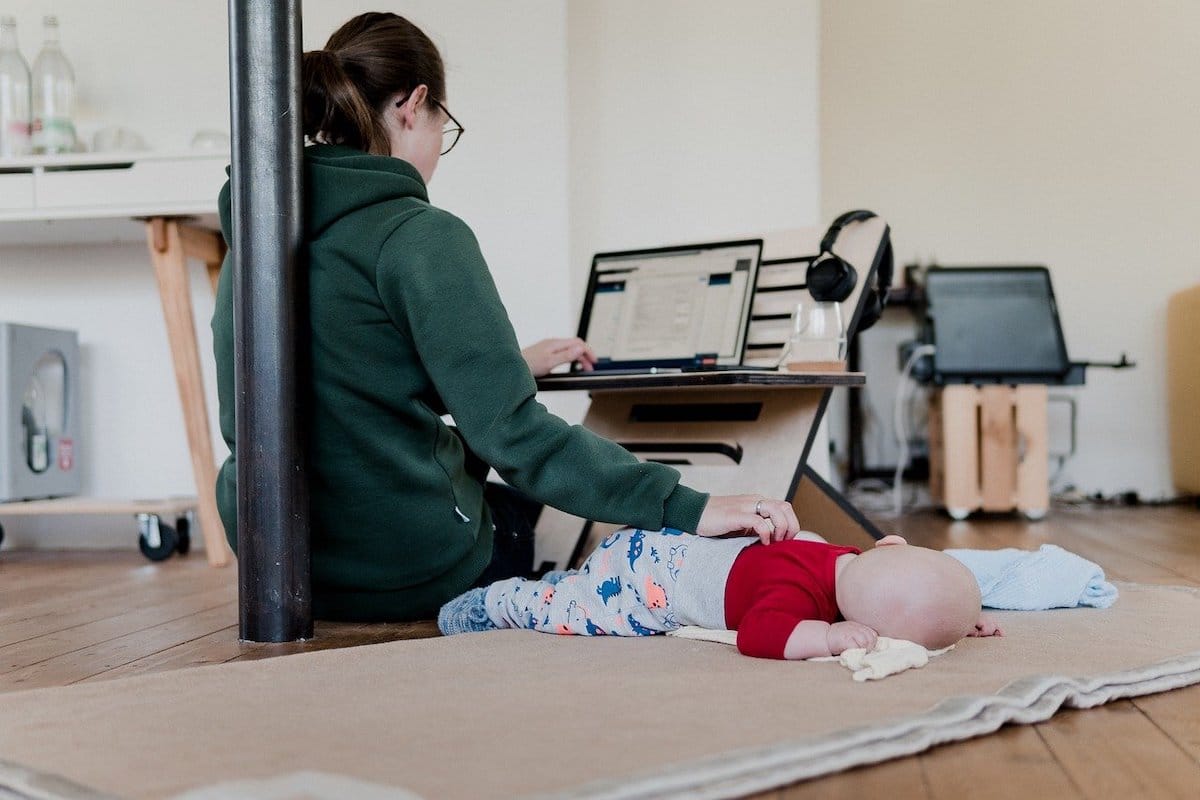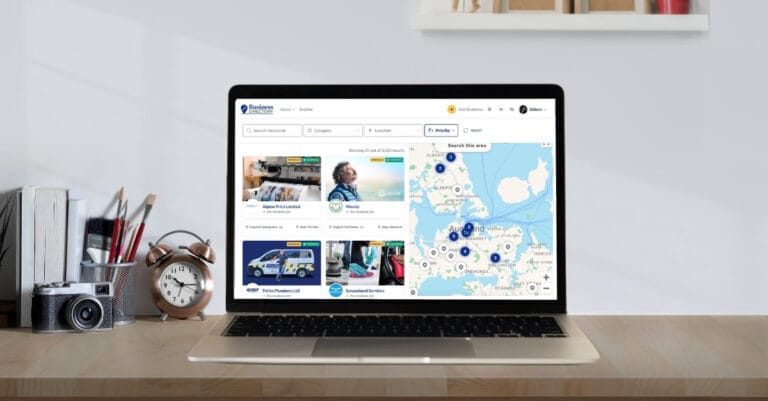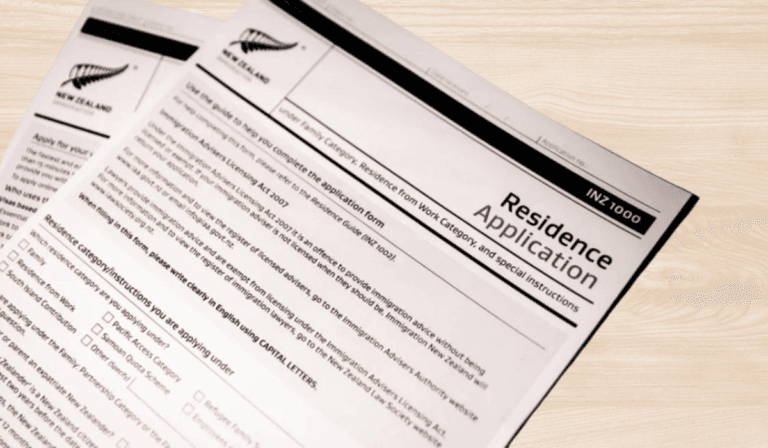At first glance, freelancing seems like a simple way to maintain a good work-life balance. The ability to work from home and set your own hours is one of the biggest attractions of a freelance career. However, in reality, it’s a challenge to balance freelancing and family life. When you work from home, and you’re your own boss, it’s easy for the boundaries between work and family time to disappear.
Fortunately, it is possible to freelance and still maintain a healthy work-life balance. The following strategies will help you balance freelancing with time for family and friends.
1. Set up a dedicated workspace
Whether it’s a home office or a corner of the dining room table, do your best to separate your workspace from the rest of your home. If you don’t have space for a home office, put your work away in the evening. Another option is to find a workspace outside the house, such as a favourite coffee shop or a co-working space. Leaving your work area at the end of the day will help you “turn off,” disengage from your work, and focus on your family.
2. Create a schedule
Creating and sticking to a work schedule is critical to succeeding as a freelancer. Decide how many hours you’ll work each day or each week. Use a calendar to keep track of your appointments, deadlines, and family obligations. Set aside family time in your schedule and clarify to your clients that you are not available during that time. Structuring your day can help you set boundaries between work time and family time and help reduce the temptation to procrastinate.
3. Make time for what you love
The fun activities you love are often the first to go when you’re constantly busy with freelance work. Balancing work and home life means you need to prioritise taking care of yourself. Schedule time for exercise, hobbies, and spending time with your kids – and don’t feel guilty about taking breaks. It’s important to let yourself relax and recharge. You’ll come back to your work refreshed and ready to tackle whatever comes next.
4. Set clear boundaries with your clients
Communication is critical. When you take on a new project, set clear expectations with your client, if you aren’t sure exactly what a client wants, ask for clarification before you begin the job. Doing so will save you a lot of time in the long run. Be professional, but set clear boundaries. Make it clear what hours you are and are not available. You don’t want to get a call from a client in the middle of the night.
5. Don’t be afraid to say “No.”
There’s a lot more to freelancing than working for your client. Administrative tasks, keeping track of your finances, marketing your business, and looking for new customers all take time. If you take on more work than you can handle, you’ll easily become overwhelmed. You may find yourself working even longer hours than you would at an office. Be realistic about the amount of work you can handle, and don’t be afraid to turn down extra work if your plate is already full.
6. Automate your freelancing workflow
Many day-to-day administrative tasks can be automated. Many tools can help update social media, communicate with prospective clients, send invoices, and other tasks. Automating as much of your workflow as possible will free up time for you to spend with your family.
While balancing freelance work and family time can be challenging, it is possible. With careful planning, you can build a freelance business on your own terms and have plenty of time left for what matters most.










